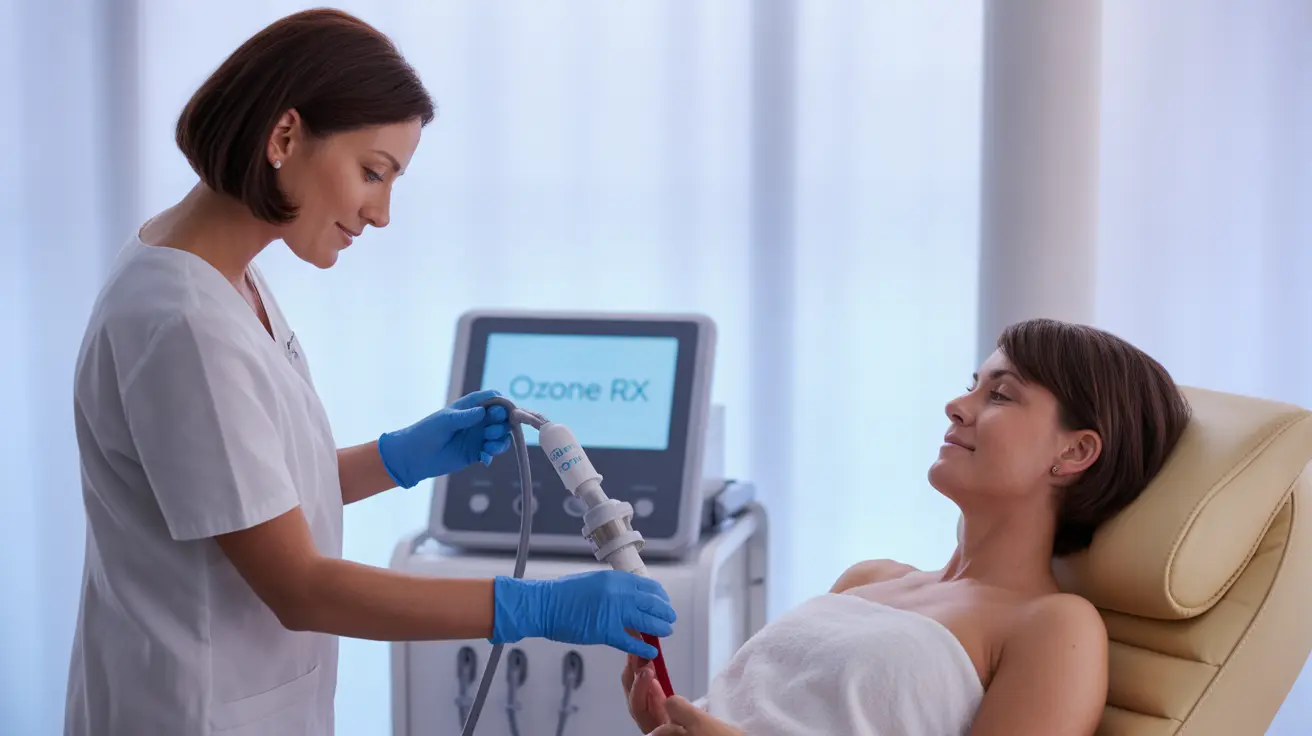Ozone therapy is an alternative medical treatment that uses ozone gas (O3) to treat various medical conditions and promote healing. While controversial in some medical circles, this therapeutic approach has gained attention for its potential applications in wound healing, infection control, and various chronic conditions. Understanding how ozone therapy works, its benefits, and its risks is crucial for anyone considering this treatment option.
This comprehensive guide explores the scientific basis of ozone therapy, its various applications, and what current research reveals about its effectiveness and safety. We'll examine both the promising aspects and important precautions associated with this alternative treatment method.
How Ozone Therapy Works
Ozone therapy operates on the principle that controlled exposure to medical-grade ozone can trigger therapeutic responses in the body. The treatment involves introducing ozone gas into the body through various methods, each designed for specific therapeutic purposes.
The fundamental mechanism involves ozone's ability to:
- Stimulate oxygen metabolism
- Activate the immune system
- Promote antioxidant production
- Reduce inflammation
- Combat harmful microorganisms
Administration Methods and Applications
Medical professionals administer ozone therapy through several carefully controlled methods:
Direct Administration
- Autohemotherapy (ozone-treated blood)
- Intramuscular injection
- Subcutaneous injection
- Topical application for wound treatment
Indirect Methods
- Ozonated water
- Ozonated olive oil
- Ozone saunas
- Insufflation techniques
Potential Benefits and Applications
Research suggests that ozone therapy may offer benefits for various conditions:
Wound Healing
- Enhanced tissue oxygenation
- Improved circulation to wounded areas
- Reduced bacterial load in infected wounds
- Accelerated healing in diabetic ulcers
Infection Control
- Antimicrobial properties against bacteria, viruses, and fungi
- Support for the immune system
- Potential reduction in antibiotic resistance
Chronic Disease Management
- Improved oxygen utilization in cardiovascular conditions
- Reduced inflammation in autoimmune disorders
- Enhanced cellular repair mechanisms
- Potential benefits for neurological conditions
Safety Considerations and Risks
While ozone therapy shows promise, it requires careful administration and consideration of potential risks:
Important Precautions
- Must be administered by qualified healthcare professionals
- Requires proper medical-grade equipment
- Needs careful dosage control
- Should avoid direct lung exposure
- Not suitable for certain medical conditions
Potential Side Effects
- Temporary discomfort at injection sites
- Mild flu-like symptoms
- Risk of embolism if improperly administered
- Possible oxidative stress if overdosed
Frequently Asked Questions
What conditions can ozone therapy help treat and how does it work?
Ozone therapy may help treat various conditions including infected wounds, circulatory disorders, and chronic diseases. It works by increasing oxygen delivery to tissues, stimulating the immune system, and providing antimicrobial effects.
What are the potential benefits and risks of intravenous ozone therapy?
Benefits include improved circulation, enhanced immune response, and potential infection control. Risks include embolism if improperly administered, temporary flu-like symptoms, and possible complications in certain medical conditions.
How is ozone therapy administered safely to avoid lung and neurological side effects?
Safe administration requires proper medical protocols, avoiding direct contact with lungs, using medical-grade equipment, and careful dosage control by qualified healthcare professionals.
Can ozone therapy improve healing for diabetic wounds and reduce infection risks?
Research suggests ozone therapy can enhance diabetic wound healing by improving tissue oxygenation, reducing bacterial load, and stimulating healing factors in the wound environment.
Why is ozone therapy controversial and what does current research say about its effectiveness?
The controversy stems from mixed research results and varying regulatory positions. While some studies show promising results for specific conditions, more large-scale clinical trials are needed to fully validate its effectiveness for various applications.




